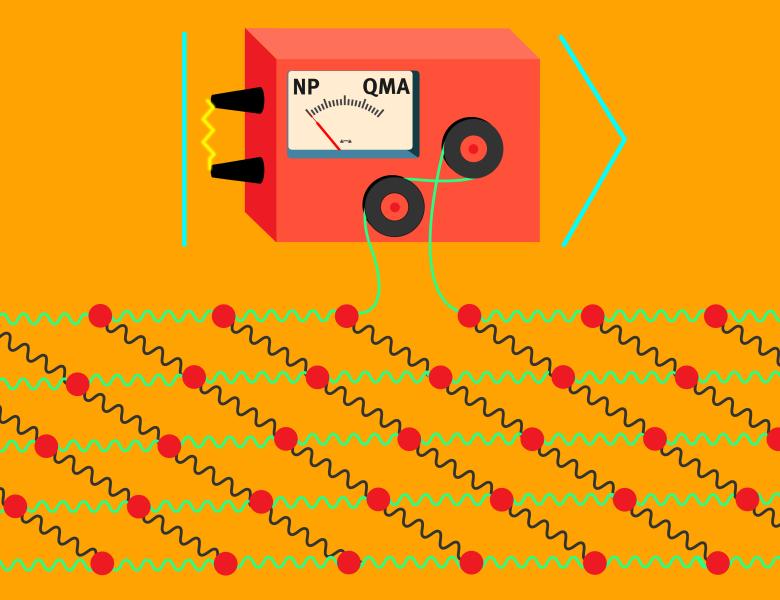
Abstract
Quantum error correction methods for varied qubit technologies such as ions, photons, or superconducting qubits can appear very different at first glance. Moreover, as more detailed error models are accounted for, the relationship to the abstract models of fault tolerance can appear to become more distant. In this talk I will discuss two unifying frameworks which connect hardware specific models more closely to the underlying code structures, which can help enable QEC development. First I will introduce a unifying framework for fault tolerance based on the ZX calculus (arXiv:2303.08829) and show how it allows us to view circuit-based, measurement-based, fusion-based quantum computation, and Floquet codes as different flavors of the same underlying stabilizer fault-tolerance structure. Secondly I will introduce fusion complexes (arXiv:2308.07844) which allows a topological interpretation of fault tolerance even under circuit level error models. Both of these frameworks are tools that can aid in the design of quantum error correction methods under hardware-focussed models, and I will give some examples of this applied to the design of photonic architectures.


